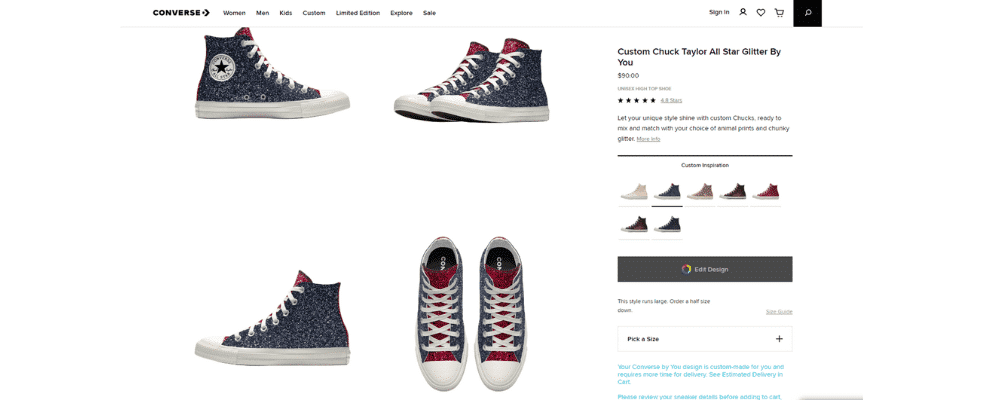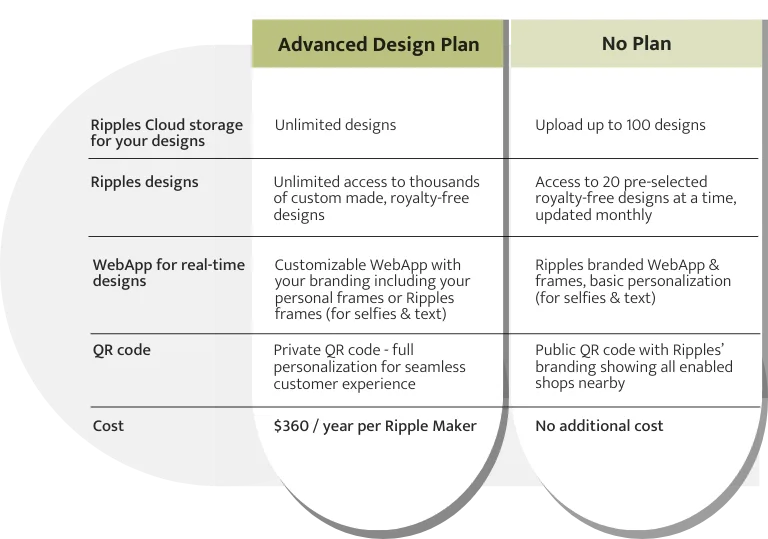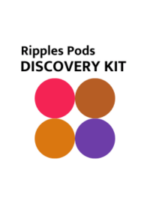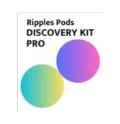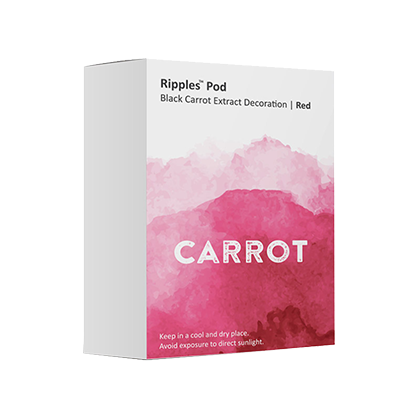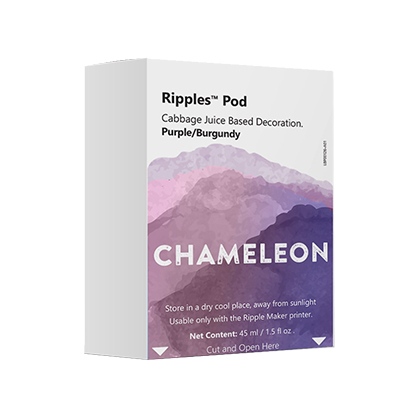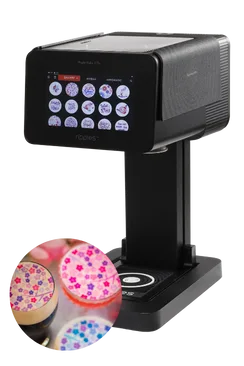Starting in the late 90s, pioneering online superstars like Amazon, Netflix, and later Spotify paved the way for using digital data to personalize marketing. Today, virtually all companies use personalization to enhance online interactions with consumers: through surfacing shopping preferences based on previous purchases, content based on related interests, or to offer super-customized loyalty rewards. The majority of online consumers expect and demand personalization in communications across all digital channels. But data-driven personalization is no longer limited to virtual interactions. New developments in CRM technology are making it easier to tap into data that lets brick-and-mortar businesses personalize live customer interactions too. Though applying data in on-premise environments has its challenges (we don’t live entirely as avatars in the metaverse just yet), it also presents a unique opportunity that doesn’t exist online: real-feel connection. Welcome to the new PHYGITAL (PHY-sical + diGITAL) space.<>Turning data points into magical moments
Nothing beats real human interaction for building connection and loyalty between brands and consumers. But it doesn’t stop there. Done right, personalized marketing on-premise goes full circle in a virtuous cycle of branded interactions that alternately weave real and virtual touchpoints: - Start the relationship online before you meet in person,
- Collect permission-based data,
- Create a more enjoyable on-premise experience that drives social engagement and word of mouth online,
- Repeat.
In order to turn data points into magical moments, think about translating them into emotions: What gets your customers excited? What are they passionate about? And how can you use the opportunity to reinforce your brand values? A 2020 survey found that 83% of consumers are more likely to buy from a brand they feel connected to emotionally. Customized experiential activations help brands strengthen these connections by highlighting shared values with their target audiences.Live personalized interactions also allow brands to bridge one of today’s key challenges when using personalization in marketing: privacy concerns. Twilio’s 2022 State of Personalization Report states that, “62% of consumers expect personalization, saying that a brand will lose their loyalty if their experience is not personalized — yet only 40% of consumers say they trust brands to use their data responsibly and keep it safe.” Delivered by a friendly human, in an appropriate context, on-premise personalization is less likely to raise privacy concerns among consumers. <>On-premise personalized marketing examples worth copying
Guinness
Few industries can offer customization on the cheap, but hospitality is one of them. Restaurants and bars have always catered to guests’ unique preferences, but today they’re using digital tools to help scale personalized experiences in creative new ways. Clever brand managers at Guinness Korea collaborated with Ripples to produce two fun personalized marketing campaigns that entertained patrons at over 100 bars nationwide. The beverage marketing campaigns invited participants to scan a QR code displayed on printed marketing collateral, and directed them to Ripple’s web app, where they could choose unique designs combined with a selfie to form a personalized print on top of their beer foam. The first campaign, launched when Covid-19 was still restricting global travel, helped guests to imagine themselves at one of several exciting international destinations, but from the safety of their local neighborhood pub.Converse
With the global pandemic accelerating the adoption of e-commerce, on-premise personalization offers retail brands a way to draw fans back into the physical shopping experience where they can foster deeper branded connections. Converse has brilliantly created one the most iconic shoes in history while still making it possible for their loyal fans to customize any pair down to the last detail, including colors, patterns, materials, and more.Shoes can be customized through the website, but for a true branded experience, their two flagship locations in New York and Boston offer customization studios with live hands-on help in designing a new favorite pair of Chucks.Virgin Hotels
Technologically speaking, personalized hotel marketing is a coordinated effort that requires using CRM data, public social media profiles, and other permission-based digital channels to create a detailed picture of each guest. The opportunities for squeal-inducing delight require some heavy lifting, but they’re definitely within reach, and you can count on a brand like Virgin to successfully grab them. <>Ready to find new ways to get customers in the door?
The Internet is a crowded place for brands to stand out. If you’re not leveraging your brand’s physical interactions with customers to create personalized connections on home turf—you can be sure that your competitors are doing it on theirs. Getting started is easier than you may think and you don’t have to be a global behemoth to take advantage of data-driven personalization. If you haven’t yet tapped into the personalization game for your on-premise business, start with this basic formula: simply commit to personalization, figure out which data to collect, what technology to invest in, and how to connect it all to your brand values and what resonates with your audience. 